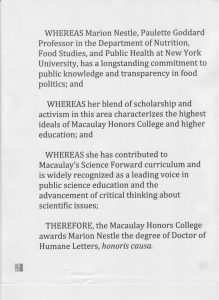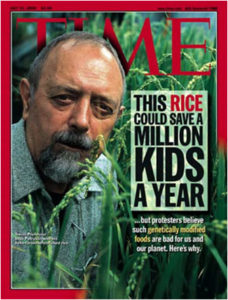BeverageDaily.com on functional drinks
The Beverage Daily newsletter always has something interesting from its business perspective. Its June 3 mailing was a special edition—a collection of its articles—about “functional” beverages. In nutrition-speak, functional means something added above and beyond the nutrients that were there to begin with.
Here’s what Beverage Daily says about them:
Once, beverages were simply about hydration. Now, people want hydration and more from their drinks.
Rich with innovation, the functional beverage category is full of exciting developments and new ideas. From beauty beverages to digestive health drinks, these beverages offer something extra to consumers.
The functional beverage market accounts for around 7% of total beverages by volume, according to figures from Zenith International. But the real interest is in value, with functional beverages accounting for around 13% of the beverage category in terms of value.
- ‘Functional water is predicted to grow very fast’: Euromonitor on functional beverage trends: Energy drinks, sports drinks, and functional bottled water are among the functional and fortified beverage categories to watch, according to Euromonitor International… Read
- Probiotic punch: ‘Consumers are realizing they can get probiotics in beverages they already consume and love’: Cold-pressed juices, cashew-milk smoothies, energy drinks, water and even cold-brew coffee: probiotics are making their mark across on-trend beverages… Read
- New look and new horizons: NOA Relax & Focus: Inspired by the wilderness of the Swedish archipelago, NOA Relax & Focus has now set its sights on 30 markets worldwide. One lesson learned so far was the need for a rebrand: ensuring consumers can immediately identify what the drink is all about. .. Read
- Bella Berry beauty drink on finding the right retailers and investors: Beauty drink Bella Berry launched in the UK last year with a mission to bring beauty drinks to a mass market. One of the key lessons for the brand has been to learn who the right retailers for the drink are, as it continues to build listings both in the UK and abroad. .. Read
- CCE launches sports cap packaging for Glacéau Smartwater: Coca-Cola Enterprises (CCE) has launched a sports cap for its bottled water brand, Glacéau Smartwater, following a £14m ($20m) investment at its Morpeth, Northumberland site… Read
From my perspective, functional beverages are about marketing. You want hydration? Try water!





